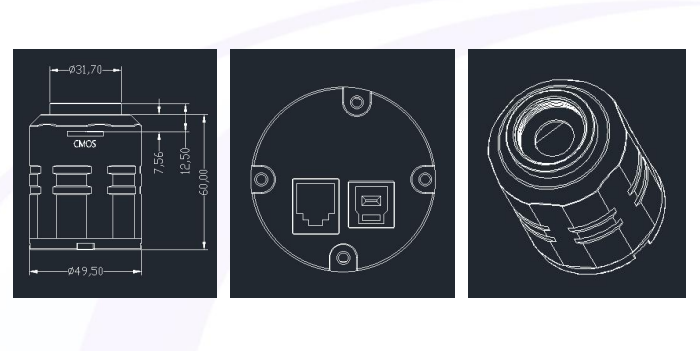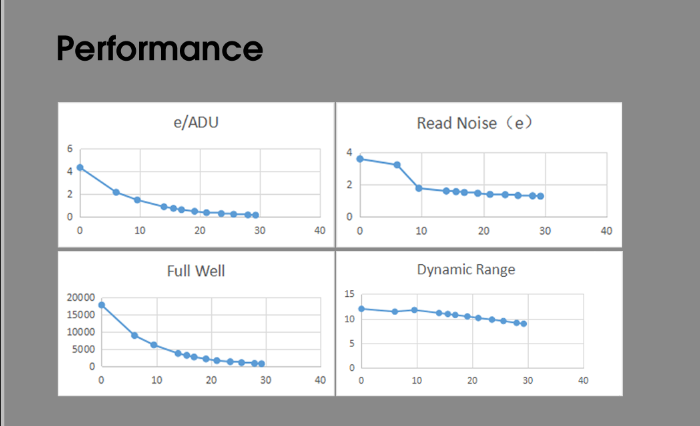SV305M Pro Monochrome Camera review 3

SV305M Pro Monochrome Camera review 3
In the series blog 1 SV305M Pro Monochrome Camera review1, we introduce the basic body quality and the fundamental parameter of the SV305M Pro Monochrome Camera.
In today's article, I put the focus mostly on the upgrade parts and strong points of the new mono camera.
1. The unique body structure
With a unique internal heat dissipation structure, it can be obtained very good picture quality under long-term exposure.

2. The interface includes the ST4 guiding port and the USB3.0 port for quicker transmit speed.
3. SV305M Pro Monochrome camera adopts SONY IMX290 sensor for better Astronomy application and higher dark light sensitivity. Also, the pixel size is 2.9um, resolution 1944*1096 pixels, diagonal length 6.46mm, providing high dynamic range, high frame rate, 12-bit ADC output, which means richer information and a more delicate row image, compares to the color Astronomy camera uses Bayer Algorithm.
4. The product has an ROI function, which can "cut" the imaging area and customize the resolution, "Lucky Imaging" for planetary shooting, Which can greatly increase the frame rate.
Pixel merging function and can shoot in BIN2, which greatly improves the camera sensitivity.

5. versatile application
6. The MONO camera's advantage
Compared with the color camera, the black and white camera has higher sensitivity and can obtain brighter images when shooting planets. The black and white camera has no Bayer matrix calculation difference, the image is more delicate and clear, the resolution is higher, and the details of the captured picture are more obvious. It can be used as an ideal camera for Astronomers who want to get to the next level.
The lower the angle of the planet, the more obvious the atmospheric dispersion effect. You can use a black-and-white camera and a filter to shoot the red, green, and blue channels (R G B filter set) separately. The post-superimposition process is aligned and then combined to solve the problem of red, green, and blue dispersion.









